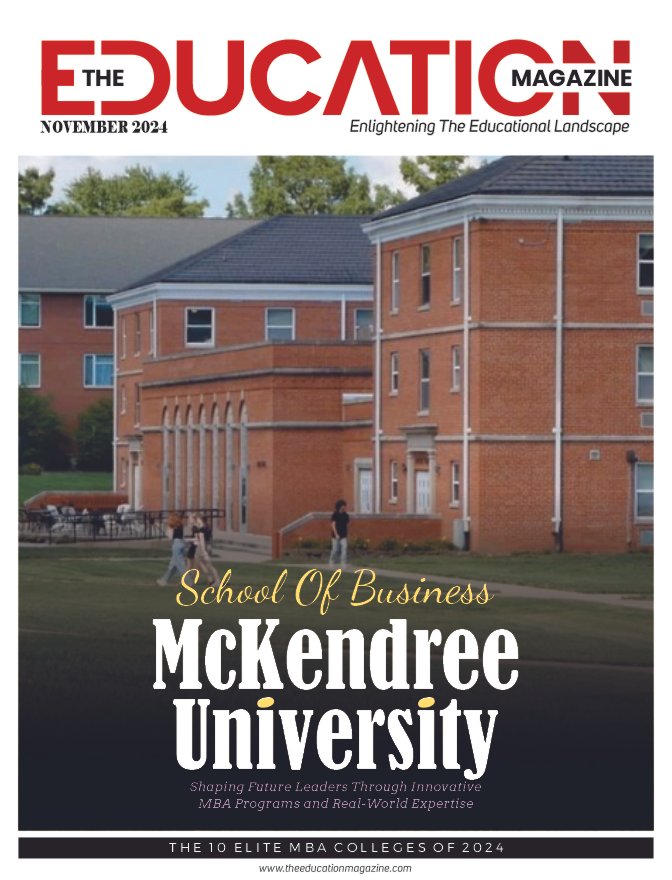Using Backlink Metrics for SEO Growth
The realm of Search Engine Optimization (SEO) is a complex and ever-evolving landscape. Central to effective SEO is the concept of backlinks, which are links from one website to another. These links serve as a vote of confidence from one site to another, sending signals to search engines about the credibility and authority of the linked content. However, not all backlinks are created equal, and understanding the metrics that define their value is crucial for any digital marketing strategy.
The Importance of Backlinks
Backlinks play a pivotal role in determining a website’s ranking on search engines like Google. High-quality backlinks can significantly boost a site’s authority, leading to improved visibility in search results. Essentially, the more high-quality backlinks a website has, the more likely it is to be seen as a trustworthy source of information by search engines. This trust can translate into higher rankings, increased organic traffic, and ultimately, better conversion rates.
Understanding Backlink Metrics
To harness the power of backlinks effectively, it is essential to understand various backlink metrics. These metrics help evaluate the quality and influence of backlinks and can guide decision-making for SEO strategies. Some key metrics to consider include:
1. Domain Authority (DA)
Domain Authority is a score developed by Moz that predicts how well a website will rank on search engine results pages (SERPs). It ranges from 1 to 100, with higher scores indicating a greater ability to rank. DA is calculated based on multiple factors, including the number and quality of backlinks. When assessing potential backlink opportunities, aim to acquire links from sites with higher DA scores to maximize their impact on your own site’s authority.
2. Page Authority (PA)
Similar to Domain Authority, Page Authority also developed by Moz, measures the ranking potential of a specific page rather than the entire domain. Like DA, PA is scored on a scale of 1 to 100. By focusing on acquiring backlinks from pages with high PA, you can enhance the ranking potential of your individual pages, leading to improved traffic and engagement.
3. Trust Flow (TF) and Citation Flow (CF)
Developed by Majestic, Trust Flow and Citation Flow are two complementary metrics that can provide insights into the quality of backlinks. Trust Flow measures the quality of backlinks by evaluating the trustworthiness of the sites linking to you, while Citation Flow assesses the quantity of backlinks. A higher Trust Flow relative to Citation Flow is indicative of a site that is not only popular but also reputable. A well-balanced ratio of these metrics can signal a healthy backlink profile.
4. Referring Domains
The number of unique domains linking to your site is a crucial metric to monitor. A diverse backlink profile, with links coming from various domains, is generally more beneficial than numerous links from a single domain. Search engines value a natural backlink profile that comes from multiple reputable sources. Therefore, understanding and tracking your referring domains is essential for a robust SEO strategy.
5. Anchor Text Distribution
The anchor text of backlinks (the clickable text in a hyperlink) is another important metric. Diverse and relevant anchor text can improve SEO by signaling to search engines the context of the linked page. Over-optimization or excessive use of exact match keywords can lead to penalties, so it’s essential to maintain a natural distribution of anchor text. By analyzing the anchor text of your backlinks, you can identify opportunities for improvement and refine your link-building strategy.
6. Backlink Quality vs. Quantity
While it may be tempting to focus on acquiring a high volume of backlinks, quality should always take precedence over quantity. A single high-quality backlink from a reputable site can provide more value than dozens of low-quality links. Assessing the quality of potential backlink sources involves examining their DA, PA, Trust Flow, and overall relevance to your industry or niche. A strategic approach prioritizes building relationships with authoritative sites that can offer valuable endorsements.
Creating a Strategic Backlink Building Plan
To effectively leverage backlink metrics for SEO growth, a strategic approach to link building is essential. Here are some steps to consider:
1. Conduct a Competitor Analysis
Analyzing the backlink profiles of competitors can provide valuable insights into potential link-building opportunities. Tools like Ahrefs, SEMrush, or Moz can help identify where competitors are acquiring their backlinks. Look for patterns and identify sites that may be relevant to your niche.
2. Set Clear Goals
Establish specific and measurable goals for your backlink strategy. Consider questions like: How many backlinks do I need to achieve a certain level of authority? What types of sites should I target? Clear goals will guide your efforts and help measure progress.
3. Focus on Content Quality
Creating high-quality, shareable content is fundamental to attracting backlinks naturally. When your content provides value, others are more likely to link to it. Consider producing in-depth articles, infographics, or case studies that can serve as resources for others in your industry.
4. Build Relationships
Networking within your industry can lead to valuable backlink opportunities. Engage with other content creators, participate in forums, or attend industry conferences. Building genuine relationships can open doors for collaboration and guest posting, ultimately enhancing your backlink profile.
5. Monitor and Adjust
Regularly tracking your backlink metrics is crucial for understanding the effectiveness of your strategy. Use analytics tools to assess which backlinks are driving traffic and improving rankings. Adjust your approach based on these insights, focusing on the tactics that yield the best results.
By understanding backlink metrics and implementing a strategic approach to link building, businesses can significantly enhance their SEO efforts. Navigating the complex world of backlinks requires diligence and a focus on quality, but the rewards are well worth the investment
Also Read: The Role of Artificial Intelligence in Predicting the Value of a Backlink










